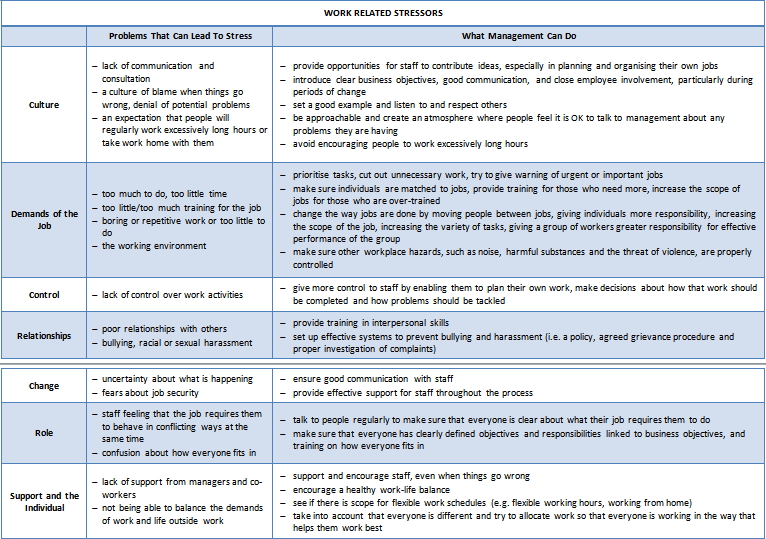
What are the Most Common Types of Performance Related Pay?
- Piecework: a price is paid for each unit of output.
- Payment by Results: the most popular process of performance pay for labourers where bonuses depend on assessed levels of output for workers.
- Organisation-wide Incentives: generally used in tender-led schemes, bonus earnings based on quantified values are put in place for the whole establishment.
- Merit Pay: an employee is offered bonus earnings depending on their level of contribution to performance.
- Individual Performance Related Pay: a recent development in the public sector, bonuses are established after an appraisal of an employee’s execution of a task and are compared to previously set objectives.
- Profit Related Pay: the most common process in the private sector, bonuses or shares are decided based on the overall profit of the organisation.
- Commission: most commonly used in sales, retailing and other branches of distribution, percentage payments are offered on sales or turnover, generally once initial targets have been hit.
Is Performance Related Pay Right for your Company?
Compensation strategies need to be modified depending on the industry and size of the company, the number of people employed and whether the compensation plan is tied to the company's performance-appraisal practices. An effective performance related pay scheme has rewards for both employers and employees. Read on to get a general idea of the advantages and disadvantages of performance related pay.
Advantages of Performance Related Pay
- offers an immediate incentive for employees to achieve defined work targets
- the contribution of an employee is recognised with an evident reward
- a performance culture can be developed within the company
- managers can develop set goals from a corporate framework, which should improve individual productivity and performance
- employees tend to focus more on what they need to do to improve their techniques if it is directly linked to pay
- a suitable performance related pay structure will reward the most productive employees
- an effective way of dealing with poorer performing employees
- rewarding high performance assists in ensuring the company retains the most industrious staff
Disadvantages of Performance Related Pay
- it reduces pay equity and could make a company liable to costly equal pay prosecutions if not operated fairly
- the review process can be adversely affected due to emphasis on financial rewards rather than developmental needs
- employees can be unmotivated if the goals are unachievable
- co-operation and teamwork can be thwarted if goals are set on an individual basis
- goals can be too narrowly focused as rewards are generally made for short term projects
- employees may begin to expect additional pay-outs each year which can be testing for a company in a low inflation industry
For a company to reap the benefits of a performance related pay system, practices need to be put in place.
Considerations
It’s not unusual for businesses to perform annual performance appraisals which are almost always based on performance standards, generally set by an employer to ensure an employee meets the company’s expectations. For a performance related pay system to be effective and guarantee both employer and employee reap the benefits of tying performance to compensation, employers must clearly communicate their expectations and conduct performance appraisals according to those set performance standards.
For example, if an employer requires its sales representatives to close 20 sales each month, employees who close fewer than 20 sales are rated as falling below expectations. Employees who close more than 20 sales each month would be rated as exceeding expectations and therefore receive a bonus.
Guidelines
Employers must give employees and managers guidelines on how the performance related pay system is linked to performance ratings. Setting guidelines is advantageous when addressing queries about the form of wage increase, bonus or other incentive an employee receives for meeting or exceeding expectations. Employers who don't convey the company's standards are producing a performance related pay system that's likely to fail.
Consistency
Consistency in appraisals is imperative with performance related pay structures. Managers must carry out employee performance reviews in the exact manner approved by human resources or an executive leadership team. As previously mentioned, with performance related pay, employees receive salary increases, bonuses and special perks for achieving performance goals. For an employee to receive the base wage increase, they must meet the employer's performance expectations, and this should remain consistent across the board.
Transparency
Transparency is an important element of performance related pay. A transparent pay system allows employees to recognise both the rate of pay and separate elements of their individual pay packets. The justification for performance related payments is sometimes unclear; however a clear pay system avoids doubt and perceptions of inequality as well as reduces the possibility of individual claims. Managers should keep a record of explanations for rewards given so they can be used to give individual feedback or to oppose any possible argument of gender bias.
It’s important to keep in mind that with some roles, such as skilled maintenance staff and supervisors, it can be difficult to measure performance; however this doesn't mean that valuable performance shouldn't be rewarded. This problem has most commonly been tackled by providing a lieu bonus to these types of employees which is generally based on average bonus earnings.
Do you have a performance related pay system? If so, how does it work for your company?
The contents of this article are necessarily expressed in broad terms and limited to general information rather than detailed analyses or legal advice. Specialist professional advice should always be obtained to address legal and other issues arising in specific contexts.






 RSS Feed
RSS Feed